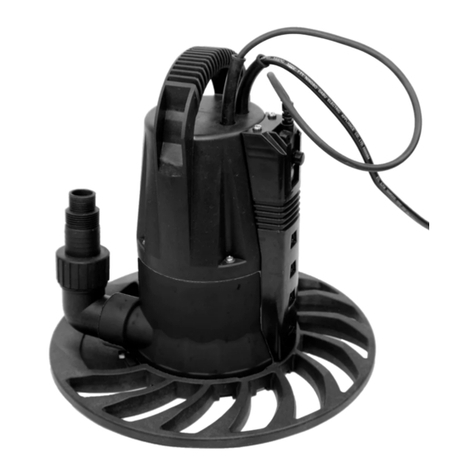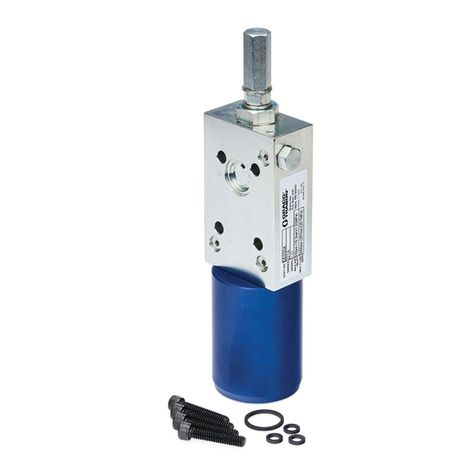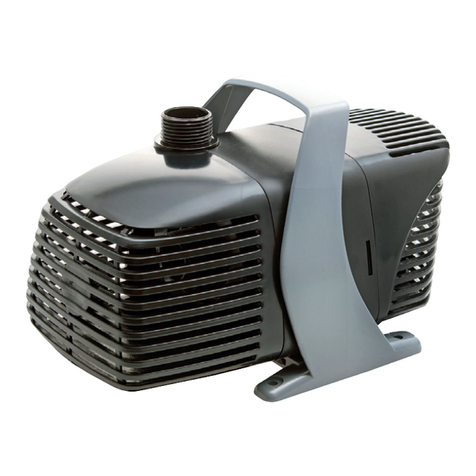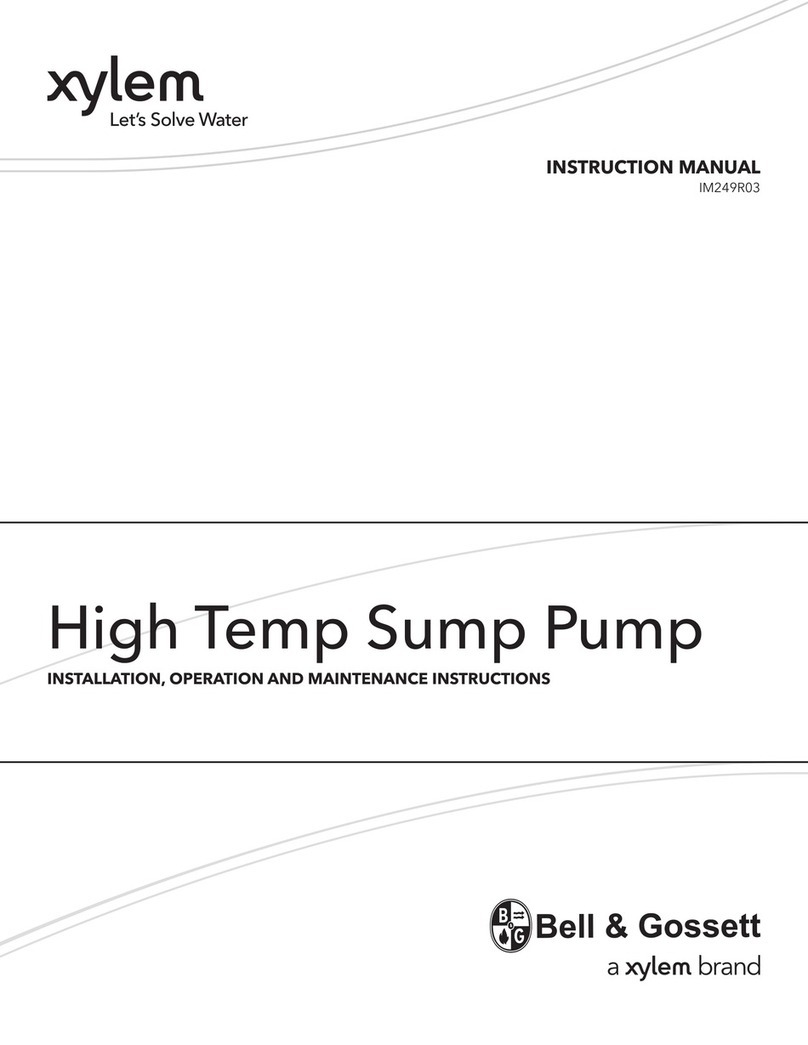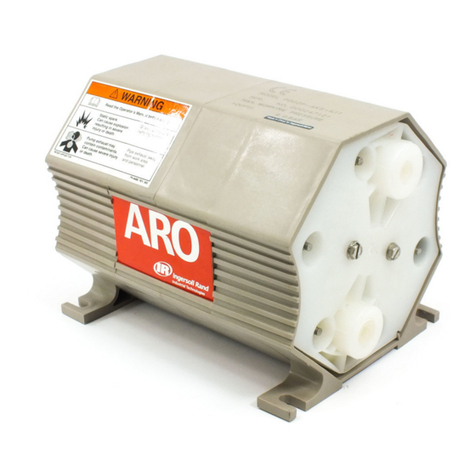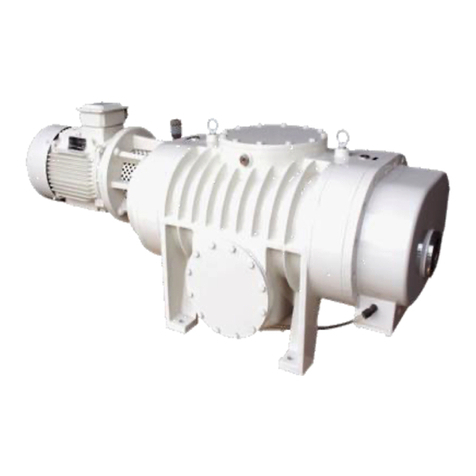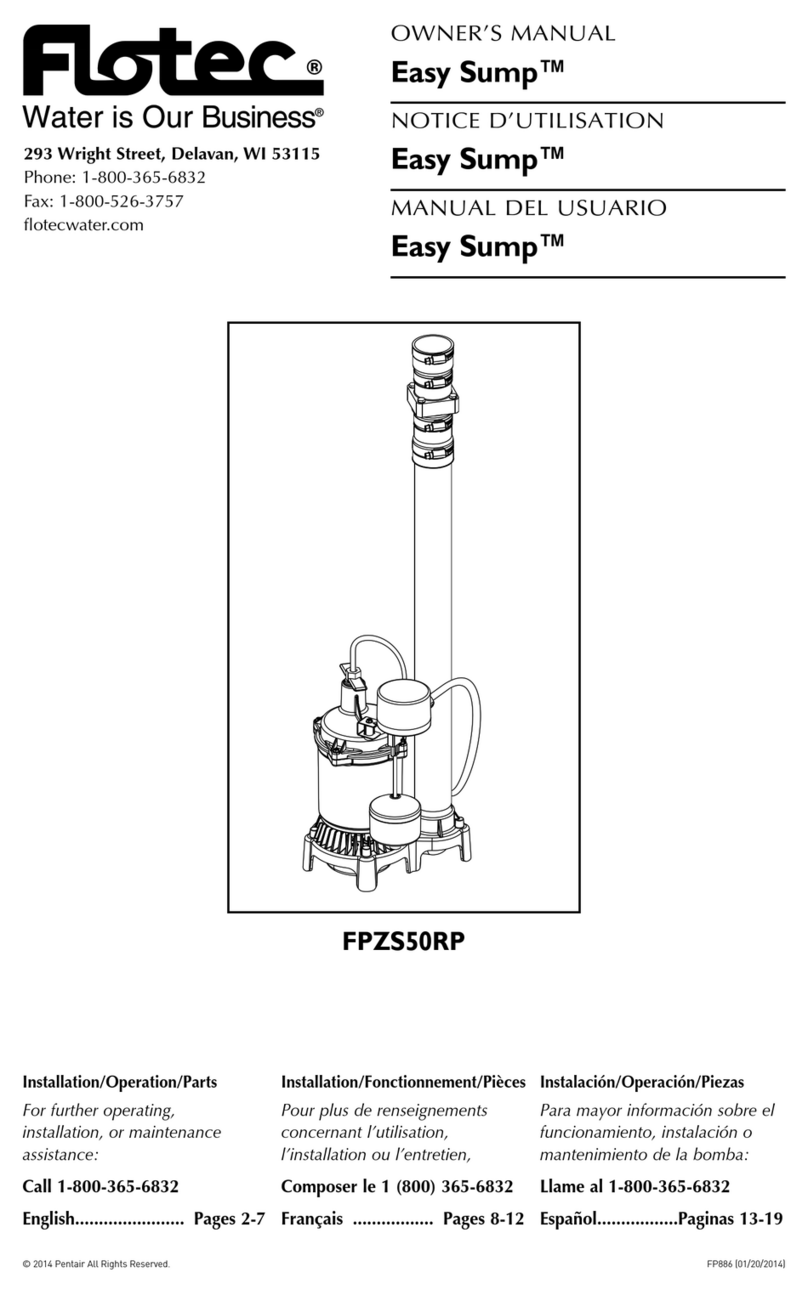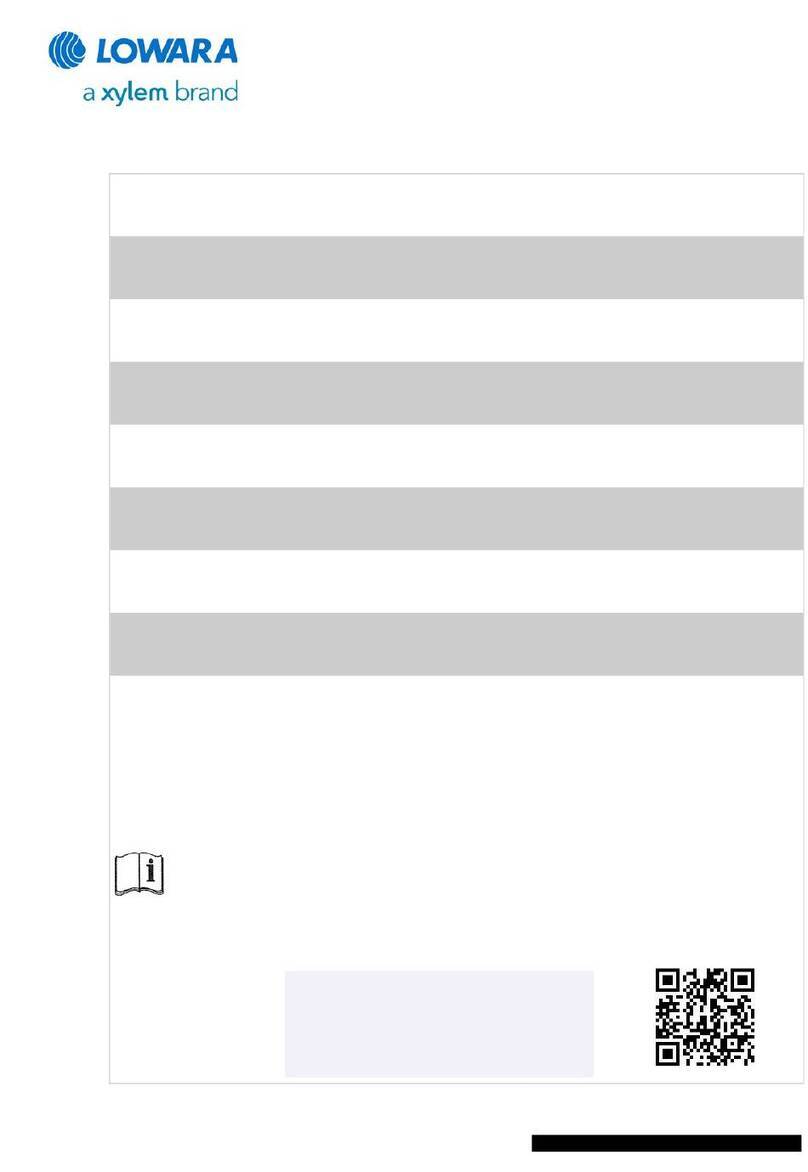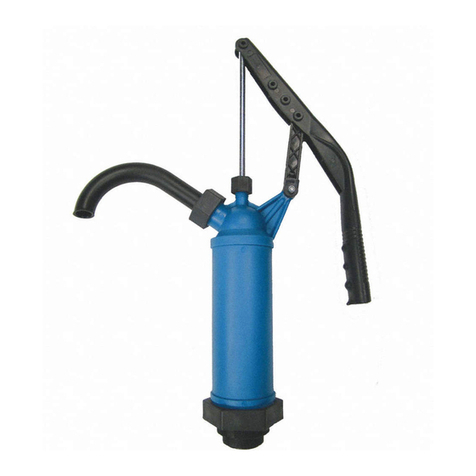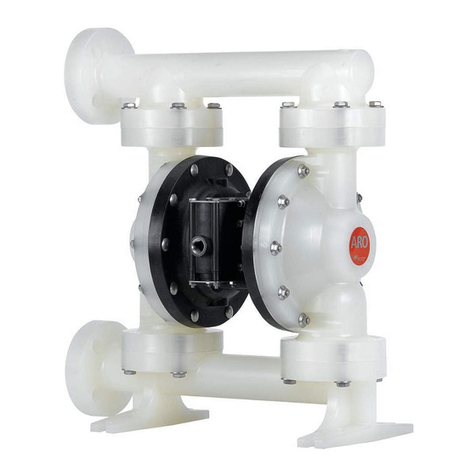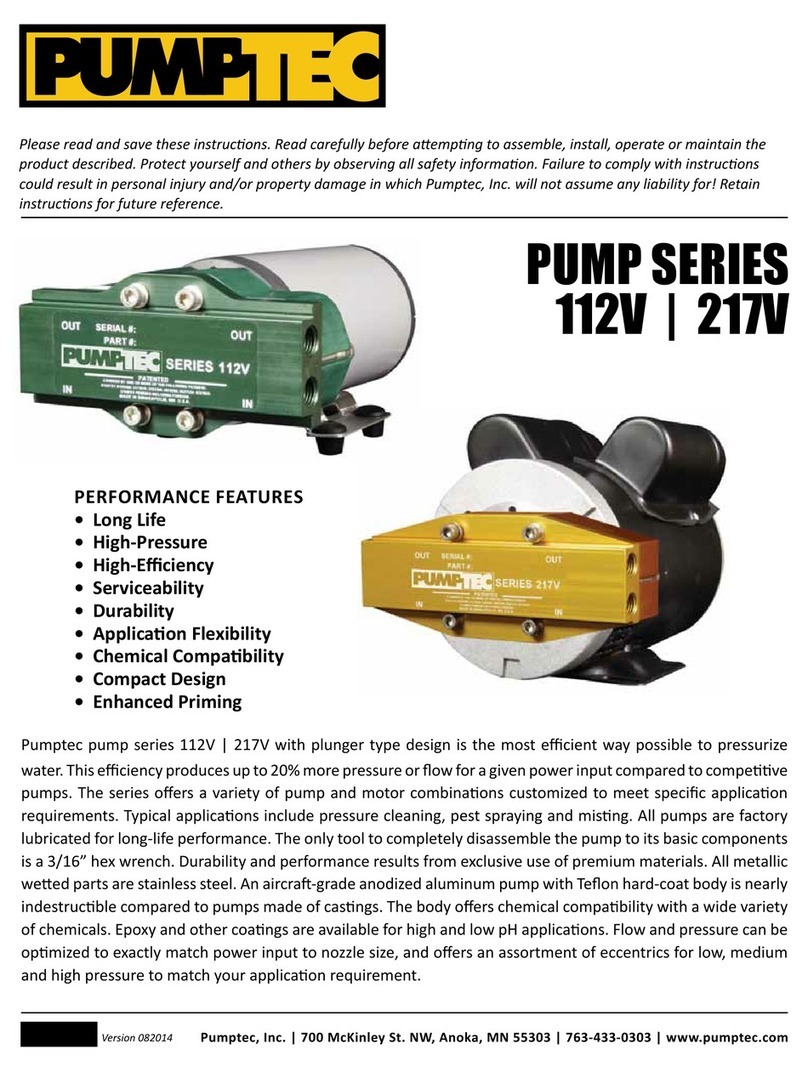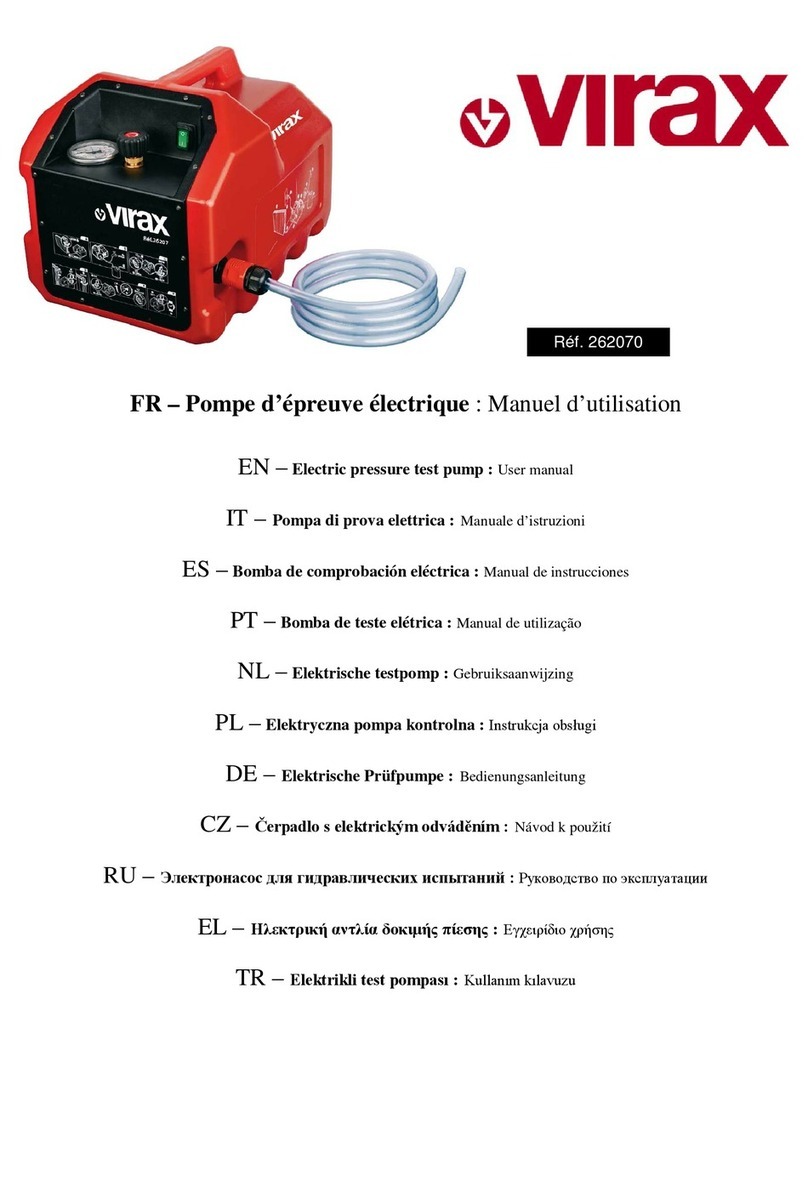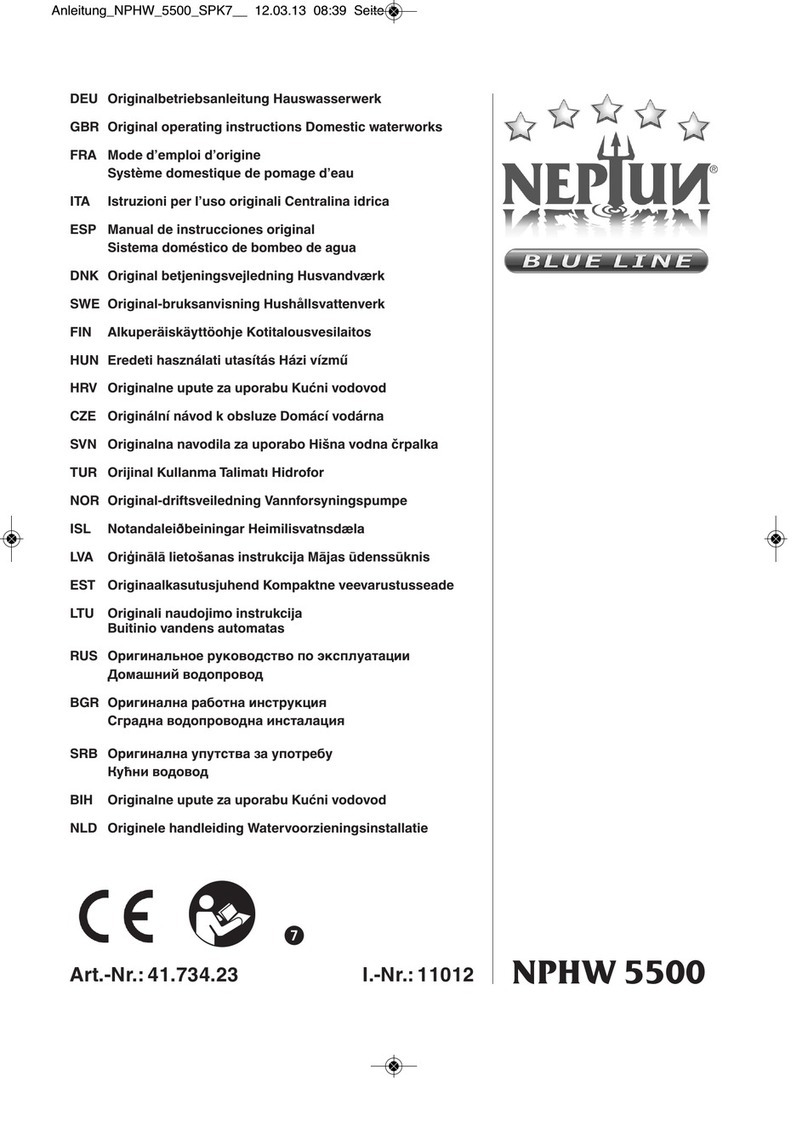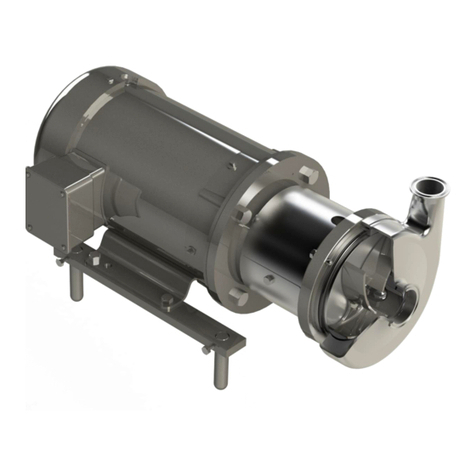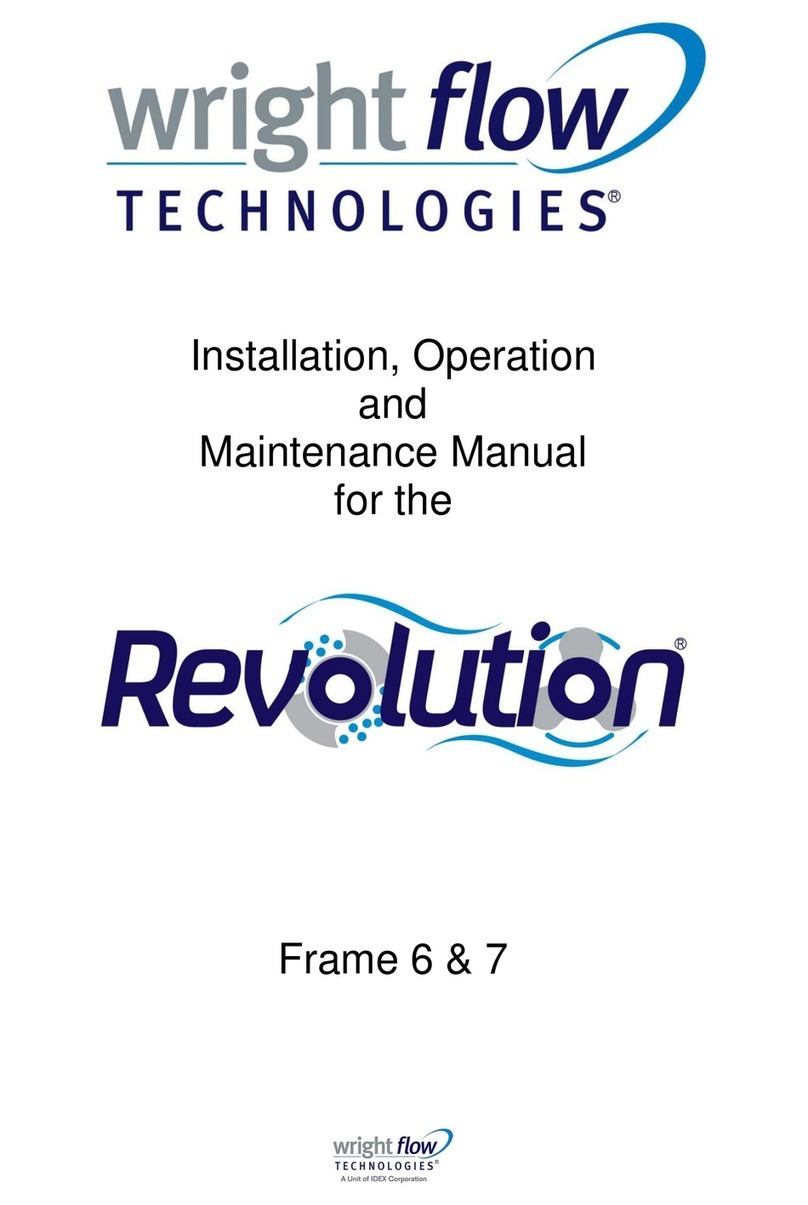ABOUT THIS MANUAL
Toensurethebestperformanceof yourpump,pleasereadthismanual before installingandoperating
it. You will find useful information including instructions for pump disassembly and reassembly; as
required forrecommended pump maintenance.
For any questions related to the installation, operation, or maintenance of this pump, please contact
your local distributor or Wright FlowTechnologies:
Wright Flow Technologies, Inc.
406 State Street
Cedar Falls, IA 50613 U.S.A.
Call: USA (319) 268-8013/ EU+44 (0) 1323 509211
Fax: USA (803) 216-7686/ EU +44 (0)1323507306
wright.usa@idexcorp.com/ wright.eu@idexcorp.com
The information in this manual may change without notice. We recommend visiting our website for
any updates.
WrightFlow TechnologiesWarranty
Wright Flow Technologies warrants all products manufactured by it to be free from defects in
workmanship or material for a period of one (1) year fromdate of startup, provided that in no event
shall this warranty extend more than eighteen (18) months fromdate of shipment fromWright Flow
Technologies. If during said warranty period, any products sold by Wright Flow Technologies prove
to be defective in workmanship or material under normal use and service, and if such products are
returned to Wright Flow Technologies factory at Cedar Falls, Iowa, transportation charges prepaid,
and if theproductsarefoundbyWrightFlowTechnologiestobedefectiveinworkmanshipormaterial,
they will be replaced or repaired freeof charge,F.O.B. Cedar Falls, Iowa.
Wright Flow Technologies assumes no liability for consequential damages of any kind and the
purchaser by acceptance of delivery assumes all liability for the consequences of the use or misuse
of Wright Flow Technologies products by the purchaser, his employees or others. Wright Flow
Technologies will assume no field expense forservice or parts unless authorized by itin advance.
Equipmentand accessoriespurchasedbyWrightFlowTechnologiesfromoutsidesources,whichare
incorporated into any Wright Flow Technologies product, are warranted only to the extent of and by
the original manufacturer’s warranty or guarantee, if any.
THIS IS WRIGHT FLOW TECHNOLOGIES’S SOLE WARRANTY AND IS IN LIEU OF ALL OTHER
WARRANTIES EXPRESSED OR IMPLIED, WHICH ARE HEREBY EXCLUDED, INCLUDING IN
PARTICULAR ARE WARRANTIES OF MERCHANTABILITY OR FITNESS FOR A PARTICULAR
PURPOSE.
No officer or employee of IDEX Corporation or Wright Flow Technologies isauthorized to alter this
warranty.
